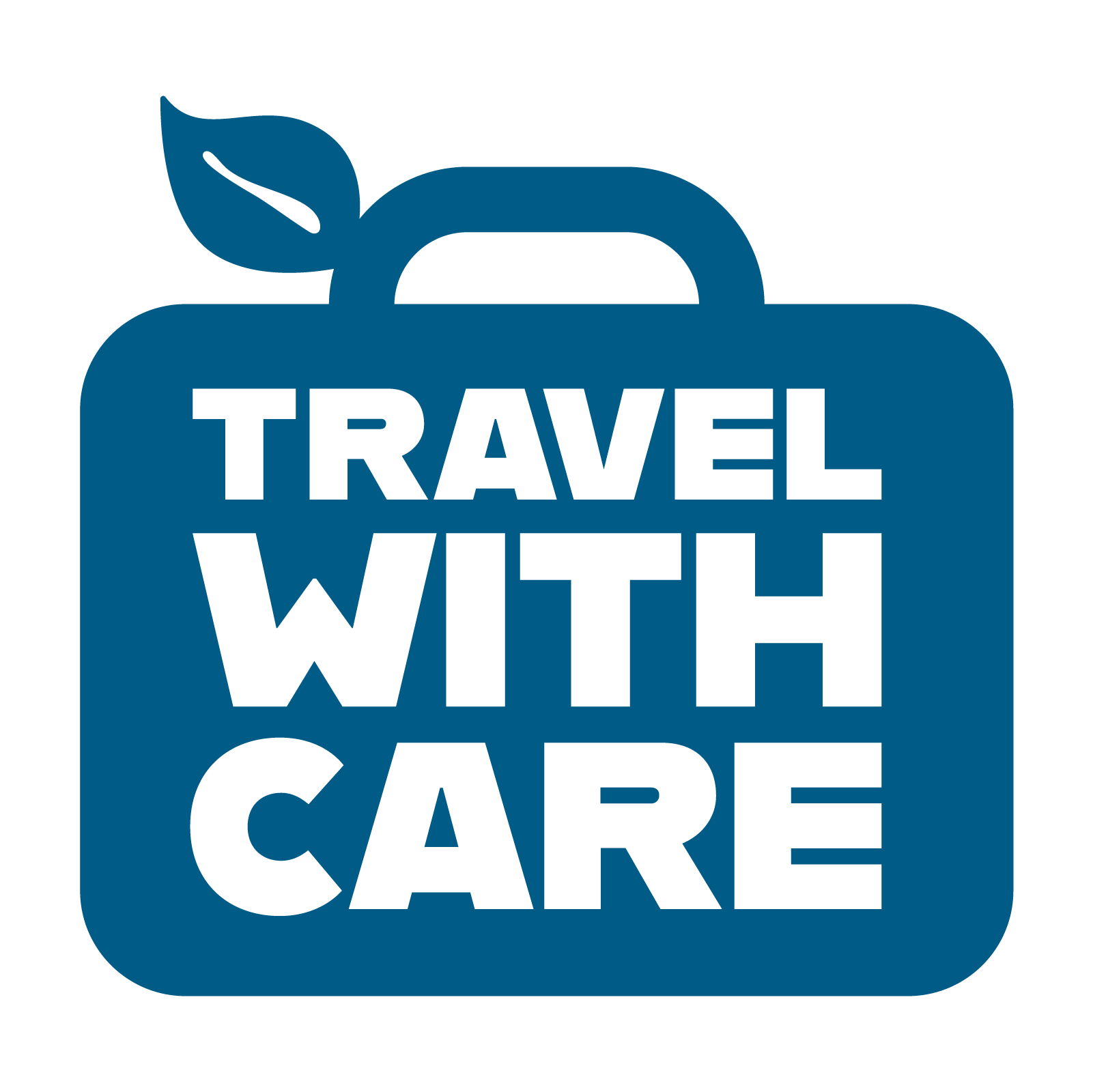
29 May Rethinking Visitor Management
DMOs around the world are tackling the challenges of overtourism in innovative and often ingenious ways.
As more travelers return to iconic destinations, DMOs face the challenge of protecting local communities, natural resources, and visitor experiences. Proactive, behavior-focused overtourism plans can help.
In 2024, Florence launched a 10-point overtourism plan focused on both visitor dispersal and local quality of life. Key actions include promoting lesser-known neighborhoods, working with tour operators to spread visits over more months of the year, and introducing rules that limit short-term rentals in the historic center.
Florence’s plan is a strong example of connecting tourist behavior to livability goals. By guiding travelers toward more sustainable choices, DMOs can reduce pressure while enhancing authenticity.
Amsterdam has been one of the most outspoken cities in Europe when it comes to overtourism. Its “Stay Away” campaign targets nuisance tourism by discouraging party tourism and behavior that disrupts local life. This led into the launch of a new visitor strategy with the motto: “Enjoy & Respect.”
Amsterdam is reframing who tourism is for – centering residents and sustainable value over raw numbers. They’re not afraid to say no to tourism that doesn’t align with local values.
To preserve its fragile ecosystem and cultural integrity, Peru has implemented strict overtourism controls for Machu Picchu. This includes capping daily visitor numbers and requiring timed-entry tickets, mandating the use of certified guides and designated walking circuits, and launching a new online reservation system that prioritizes planning ahead.
Machu Picchu’s plan sets behavioral expectations before travelers arrive. By encouraging advanced planning and offering limited access, Peru is reshaping the way travelers engage with the site, towards a mindful experience.
Overtourism plans can build better habits among visitors. Advance reservations, limited group sizes, and on-site education can all foster more intentional travel. Managing overtourism is about setting a new tone for how tourism should look and feel. The most effective plans focus on behavior change: making the sustainable choice the default, rewarding respectful travel, and clarifying what’s off-limits.
Is overtourism a problem in your destination? If so, how are you meeting the challenge ?

